2024 is the year of changing the world – one meeting at a time.
Many departments have values of ‘inclusion’ and ‘collaboration’ and ‘innovation’. And to make this happen they have meetings. And lots of them. Everyone is invited, and we all meet. And talk. And then get up, move to another room, meet and talk. Rinse repeat. We look at each other and say ‘my day is back-to-back meetings! When will I get time to do my actual work?’.
Is this really inclusion? And is it really collaboration? Does it lead to any innovative action? And if nothing else, is it at all efficient and effective in getting results, especially in a context of doing more with less?
Meetings. We love to hate them. We feel important and busy if we have lots of them, but also frustrated and exhausted. We know we need to collaborate, so we schedule more of them, but get annoyed when they get in the way of doing ‘real’ work. It’s been a common complaint for years, and there’s plenty of evidence now to show that its only gotten worse since the pandemic.
So what can we do to evolve how we work together so that we don’t suffer from meeting bloat (it’s a thing). We have the best intentions when we set them up, and we know that quality collaboration is not just beneficial, but necessary because none of us can do everything by ourselves. We need others to be involved.
I’m fascinated by the science of meetings. It seems so trivial on one level, but on another its HUGE. In a recent study, employees said that their biggest frustration was not having enough time to do their work and that inefficient meetings were the most common reason. It can be a big engagement killer and costs organisations huge amounts in productivity and opportunity costs. Not convinced? Try this simple calculator that gives an estimate of how much time and money your regular meetings are costing your organisation and then tell me it’s not important!

From a behavioural science perspective, it’s also such a strong signal of the social norms of the organisation. It’s culture in action – how groups of people come together to share information and ideas, make decisions and connect (or not). We can see how strong the authority bias is, or the tendency for group think. Is the discussion diverse or is there one dominant voice? Do people debate and challenge or are they nice and polite? It’s a microcosm of the organisation more broadly.
I’m on a mission to help our clients think a little more deeply about this aspect of how they work. There’s some innovative and fascinating work being done by companies and researchers to tackle this issue, especially in the aftermath of the pandemic. Atlassian has some great ‘plays’ to improve the effectiveness of meetings. Adam Grant has a fascinating podcast episode with an actual meeting scientist (it’s a thing!!) that includes some really practical tips. And Gustavo Razzetti’s fantastic book ‘Remote Not Distant‘ includes a wide range of ideas to use meetings as a way to increase psychological safety and inclusiveness for better outcomes in a remote team.
Here are the top 5 tips I’ve pulled together that are very doable in government organisations, require nothing more than leadership, an experimental mindset and team commitment to testing new ways of doing old things:
- Ask yourself ‘what the objective of this meeting‘? If your answer is about sharing information or updating on project statuses, then alarm bells should be ringing. Only have a meeting if it’s really necessary for everyone to be in a group at the same time to have the discussion. Consider email or team chat as other ways to share or collaborate, especially if it can be done anachronistically.
- Ask yourself ‘who really needs to be there?’. Many groups I’ve worked with want to be inclusive, so they invite everyone because they don’t want to make anyone feel left out. Flip that thinking to being respectful of people’s time. Suddenly the invite list looks a lot different – only decision makers or people with a direct contribution to make should be invited. Everyone else can be kept updated in an email.
- Step out of the box Outlook creates for you! The default to 30 or 60minute meetings means that meetings tend to go for…you guessed it…30 to 60minutes, whether that’s really needed or not. Taking time to really think through the agenda and assigning time to each item and then only scheduling the meeting for that much time will help manage expectations and focus.
- Speaking of agendas – actually have one! But don’t just pull out the same one every time. Research has found that if you phrase each discussion item as a question it not only keeps the focus on getting to an answer, but also gets your attendees thinking before they even walk in the room. It takes deeper thought but will be worth it for the quality of outcomes. (Also – it’s a great way to check your assumptions that it needs to be a meeting. If there’s no clear questions to be answered, it doesn’t bode well for getting good output in the room.)
- Finally, be alert to group dynamics in the room (virtual or IRL). Is there a deference to hierarchy or a dominate voice, reducing the likelihood of hearing a range of inputs and ideas? The senior leaders in the room have a role to play in recognising when this is happening and holding back their own views or directly asking others for ‘ideas we haven’t heard yet’ or ‘any concerns we should consider?’. Another suggestion from the Psychological Safety Playbook is assigning someone as the ‘Inclusion Booster’. This person has the responsibility of making sure everyone has the opportunity to be heard and contribute. The Inclusion Booster should establish the ground rules at the start, monitor the group dynamics and call out interruptions or jargon that might alienate people. They should intentionally seek alternative points of view and challenge if the group is quickly converging on an early idea without much analysis. They should also make sure virtual attendees have as much air time as those in the room. Try having an Inclusion Booster at every meeting for a month and see if it makes a positive difference to your meeting outcomes.
Overall, I’d love to see more intentionality in meetings. As the organiser, we are asking for busy people’s precious time. Making sure we have really considered what, who and why before we send that calendar invite will result in meetings that feel more useful, productive, and energising. And that’s a great result for you, your team and the organisation.

